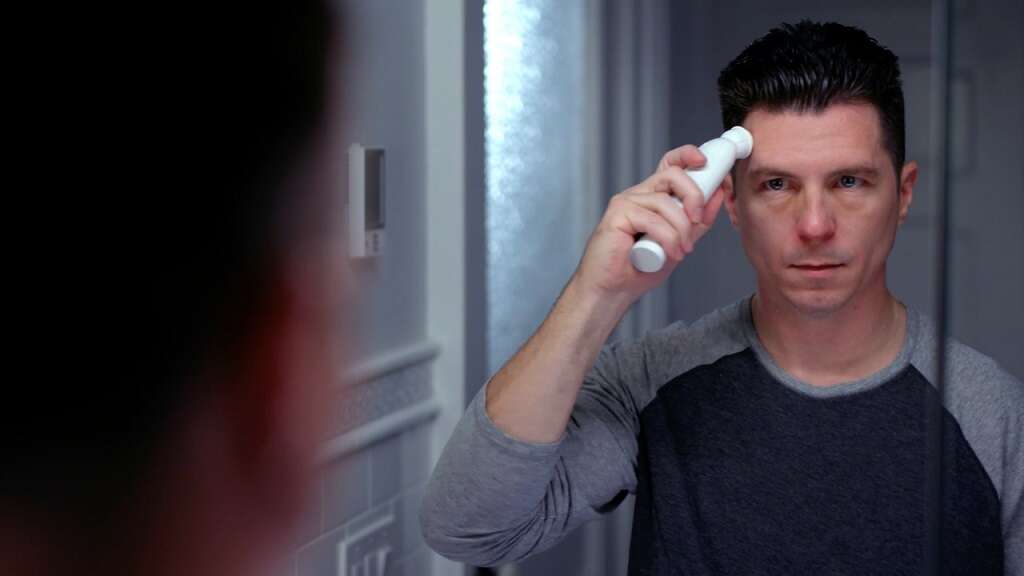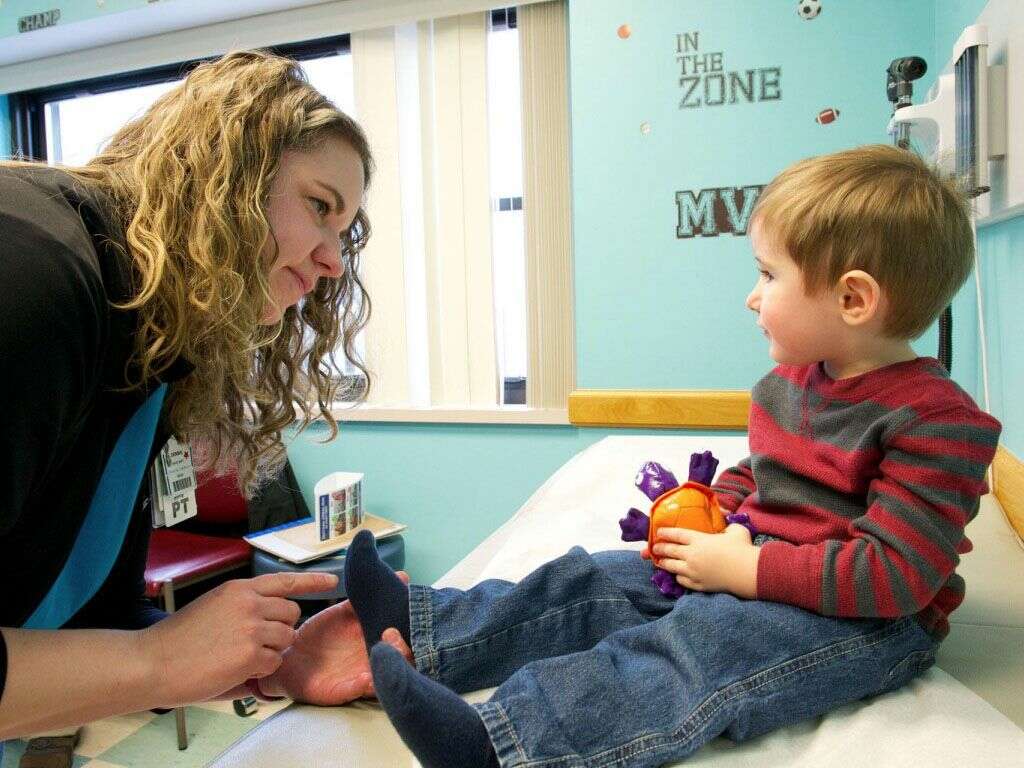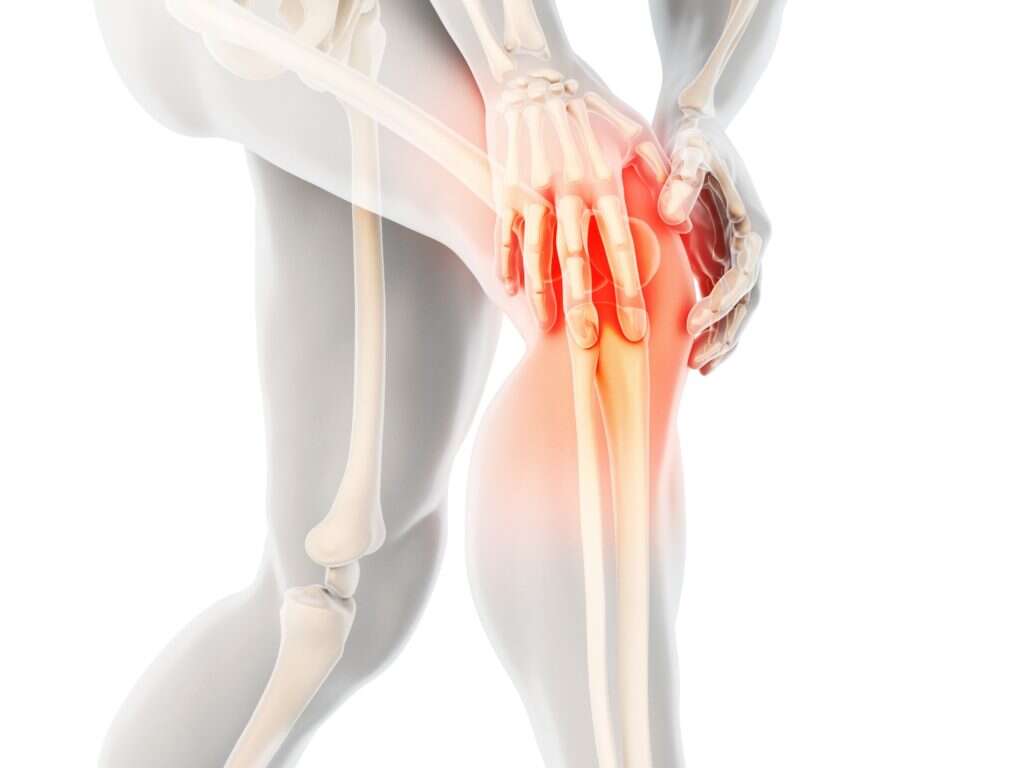10 Osteomyelitis Symptoms
 Article Sources
Article Sources
- 1. 'Osteomyelitis.' Mayo Clinic, Mayo Foundation for Medical Education and Research, 14 Nov. 2020, www.mayoclinic.org/diseases-conditions/osteomyelitis/symptoms-causes/syc-20375913
- 2. 'Osteomyelitis: Causes, Symptoms, Diagnosis & Treatments.' Cleveland Clinic, my.clevelandclinic.org/health/diseases/9495-osteomyelitis
- 3. 'Osteomyelitis.' NORD (National Organization for Rare Disorders), National Organization for Rare Disorders, 13 Aug. 2019, rarediseases.org/rare-diseases/osteomyelitis/
Osteomyelitis is a bone infection that can cause several symptoms in patients. Infections in the bone can occur as a result of many causes, including bacteria or fungi making its way through the bloodstream and infection spreading from infected tissue in the same vicinity.
Osteomyelitis was once thought to be an incurable condition, but modern medicine has advanced to a point where the infection can now be treated effectively if diagnosed quickly. Treatment of the condition can involve surgery to remove the infected area and the prescription of powerful antibiotics to rid the body of the infection.1‘Osteomyelitis.’ Mayo Clinic, Mayo Foundation for Medical Education and Research, 14 Nov. 2020, www.mayoclinic.org/diseases-conditions/osteomyelitis/symptoms-causes/syc-20375913
Fever
While not always present in cases of osteomyelitis, fever is one symptom that manifests in cases of infection. Fever is a common bodily response to any illness or infection, as it's one of the first ways the immune system will respond to rid the body of unwelcome intruders.
A fever is an attempt to fight infection or illness, but it can also cause ill effects for the person, as fevers include many side effects. When treating osteomyelitis, medical practitioners do not tackle the fever itself, but instead, try to eliminate the underlying infection.2‘Osteomyelitis: Causes, Symptoms, Diagnosis & Treatments.’ Cleveland Clinic, my.clevelandclinic.org/health/diseases/9495-osteomyelitis

Pain and Inflammation
Another key indicator that a patient may have osteomyelitis is pain and swelling in the affected area, which may also be accompanied by redness. This pain and swelling is generally present for as long as the infection exists, and it is one of the main reasons patients seek medical treatment.
Pain and inflammation can range from mild to extremely severe discomfort, depending on the severity of the infection, and may require surgery to be eradicated.2‘Osteomyelitis: Causes, Symptoms, Diagnosis & Treatments.’ Cleveland Clinic, my.clevelandclinic.org/health/diseases/9495-osteomyelitis

Fatigue
Another symptom of osteomyelitis is fatigue. Fatigue is a common condition of some of the symptoms associated with osteomyelitis, including fever, and the general malaise often found in those with the condition.
This fatigue is caused by the inflammation and the immune response fighting off the infection, resulting in a feeling of tiredness and the need to sleep.3‘Osteomyelitis.’ NORD (National Organization for Rare Disorders), National Organization for Rare Disorders, 13 Aug. 2019, rarediseases.org/rare-diseases/osteomyelitis/ The infection can also cause sleeping problems, leading to more fatigue during the day.

Irritability in Infants
Detecting signs of sickness in infants can be difficult, as they are unable to verbally communicate their symptoms and sites of discomfort; however, infants have plenty of other ways to convey when something is wrong.
With osteomyelitis, parents may notice increased vocalization, avoidance of touch or sounds, and crying out when the affected area is touched. Osteomyelitis is a serious condition in infants, so if it is suspected, medical treatment should be sought out immediately.

Difficulty Moving
Stiffness in the joints surrounding the infected bone is another symptom of osteomyelitis, and it's one that can develop within a day or two of the infection occurring. It is generally somewhat severe, and it can cause sufferers to walk with a pronounced limp or be unable to perform normal physical tasks.
Those who work manual labor jobs or engage in athletics are often quick to notice new stiffness; however, those living a sedentary lifestyle may notice other symptoms first.3‘Osteomyelitis.’ NORD (National Organization for Rare Disorders), National Organization for Rare Disorders, 13 Aug. 2019, rarediseases.org/rare-diseases/osteomyelitis/

Feeling Unwell
Feeling generally unwell is normal for anyone with a fever, but with osteomyelitis, this feeling can be much more intense, and usually is. This is because a bone infection can cause so many types of symptoms, which are sometimes affecting the entire body.
This feeling of general unwellness, tiredness and lethargy may be accompanied by excessive sweating and nausea, both of which are symptoms related to fever and inflammation that develop as a result of the condition.2‘Osteomyelitis: Causes, Symptoms, Diagnosis & Treatments.’ Cleveland Clinic, my.clevelandclinic.org/health/diseases/9495-osteomyelitis

Bone Deterioration
When osteomyelitis goes untreated and is allowed to persist, it can cause severe damage to the bone and tissue affected by the infection. Bone deterioration is a serious condition that's sometimes irreversible, and it may require surgery to rectify.
Bone deterioration as a result of osteomyelitis is caused in part by loss of calcium as well as necrosis of the surrounding tissue. When this occurs, it can have permanent effects on patients.3‘Osteomyelitis.’ NORD (National Organization for Rare Disorders), National Organization for Rare Disorders, 13 Aug. 2019, rarediseases.org/rare-diseases/osteomyelitis/

Causes
There are several causes of osteomyelitis. These include bacterial and fungal infections, which can come into contact with and infect a bone in several ways. One way is through the bloodstream, as bones rely on the blood to receive oxygen and nutrients .
Another cause of osteomyelitis is infected tissue surrounding the bone. The third manner of infection is direct transmission, for example, a bone-marrow biopsy. If an injury results in a bone being directly exposed to germs, osteomyelitis can occur.1‘Osteomyelitis.’ Mayo Clinic, Mayo Foundation for Medical Education and Research, 14 Nov. 2020, www.mayoclinic.org/diseases-conditions/osteomyelitis/symptoms-causes/syc-20375913

Diagnosis and Treatment
Diagnosing osteomyelitis involves several tests. Physicians may observe and touch the affected area to ascertain the level of pain and tenderness, as well as review a patient's medical history and possible risk factors. There are many risk factors for the condition, including having diabetes or a compromised immune system.
Treating osteomyelitis usually involves powerful prescription antibiotics and long rest periods if caught early enough in the infection. However, surgery is sometimes required in more severe cases.1‘Osteomyelitis.’ Mayo Clinic, Mayo Foundation for Medical Education and Research, 14 Nov. 2020, www.mayoclinic.org/diseases-conditions/osteomyelitis/symptoms-causes/syc-20375913

Prognosis
While once osteomyelitis was believed to be an incurable condition, that is no longer the case with modern medical advancements. If caught early enough, patients can typically expect a full recovery with antibiotics and other therapies.
In more advanced cases, a patient's quality of life may be impacted somewhat in the aftermath of the infection. Surgery may leave scarring or inhibit movement, and depending on the presence of death of the bone tissue and the extent of it, sometimes amputation may be necessary.3‘Osteomyelitis.’ NORD (National Organization for Rare Disorders), National Organization for Rare Disorders, 13 Aug. 2019, rarediseases.org/rare-diseases/osteomyelitis/








